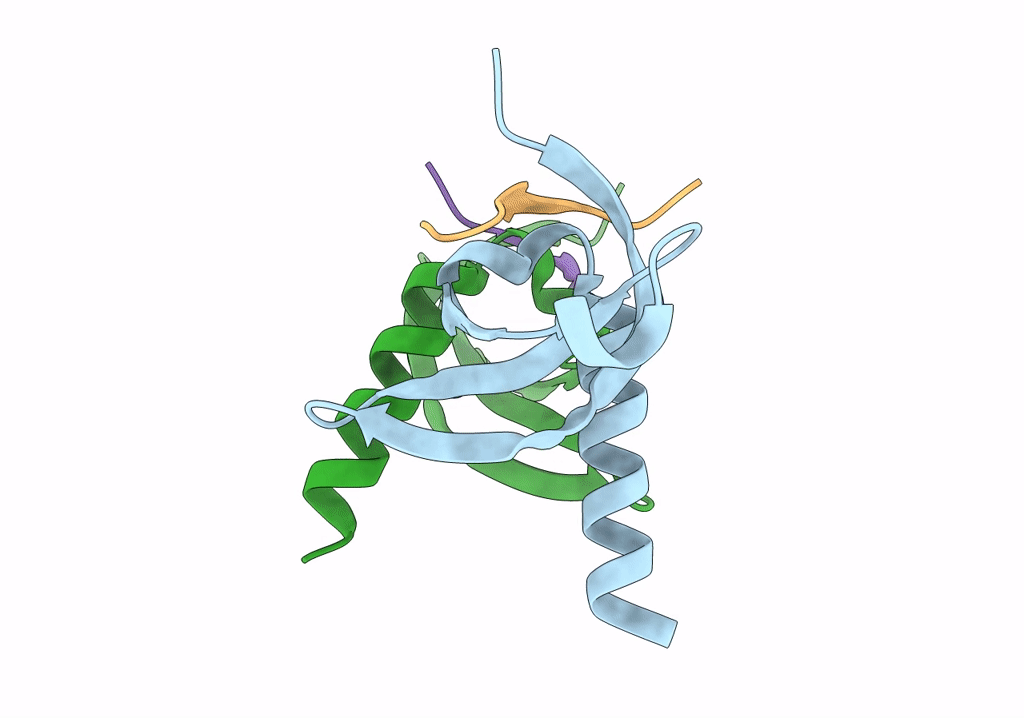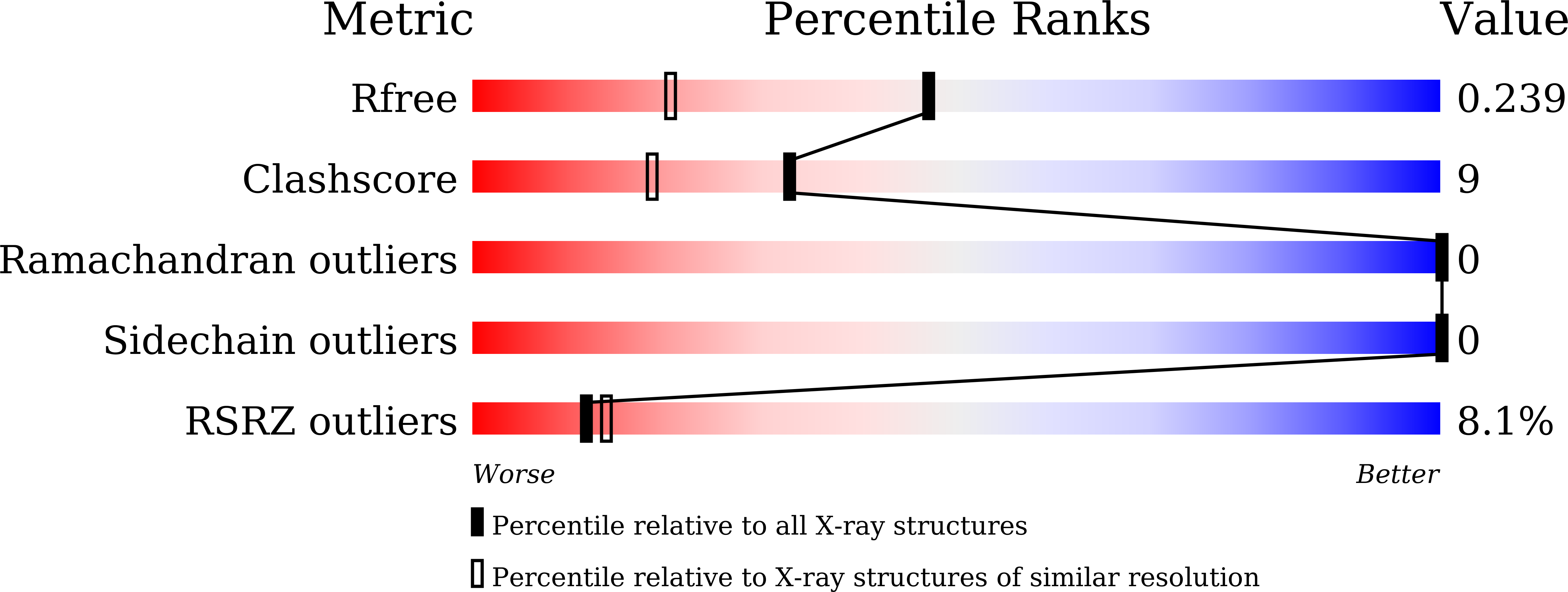
Deposition Date
2021-10-22
Release Date
2022-10-26
Last Version Date
2023-11-29
Entry Detail
PDB ID:
7VRF
Keywords:
Title:
Crystal structure of Oxpecker chromodomain in complex with H3K9me3
Biological Source:
Source Organism:
Drosophila melanogaster (Taxon ID: 7227)
Host Organism:
Method Details:
Experimental Method:
Resolution:
1.70 Å
R-Value Free:
0.23
R-Value Work:
0.19
R-Value Observed:
0.19
Space Group:
P 1


